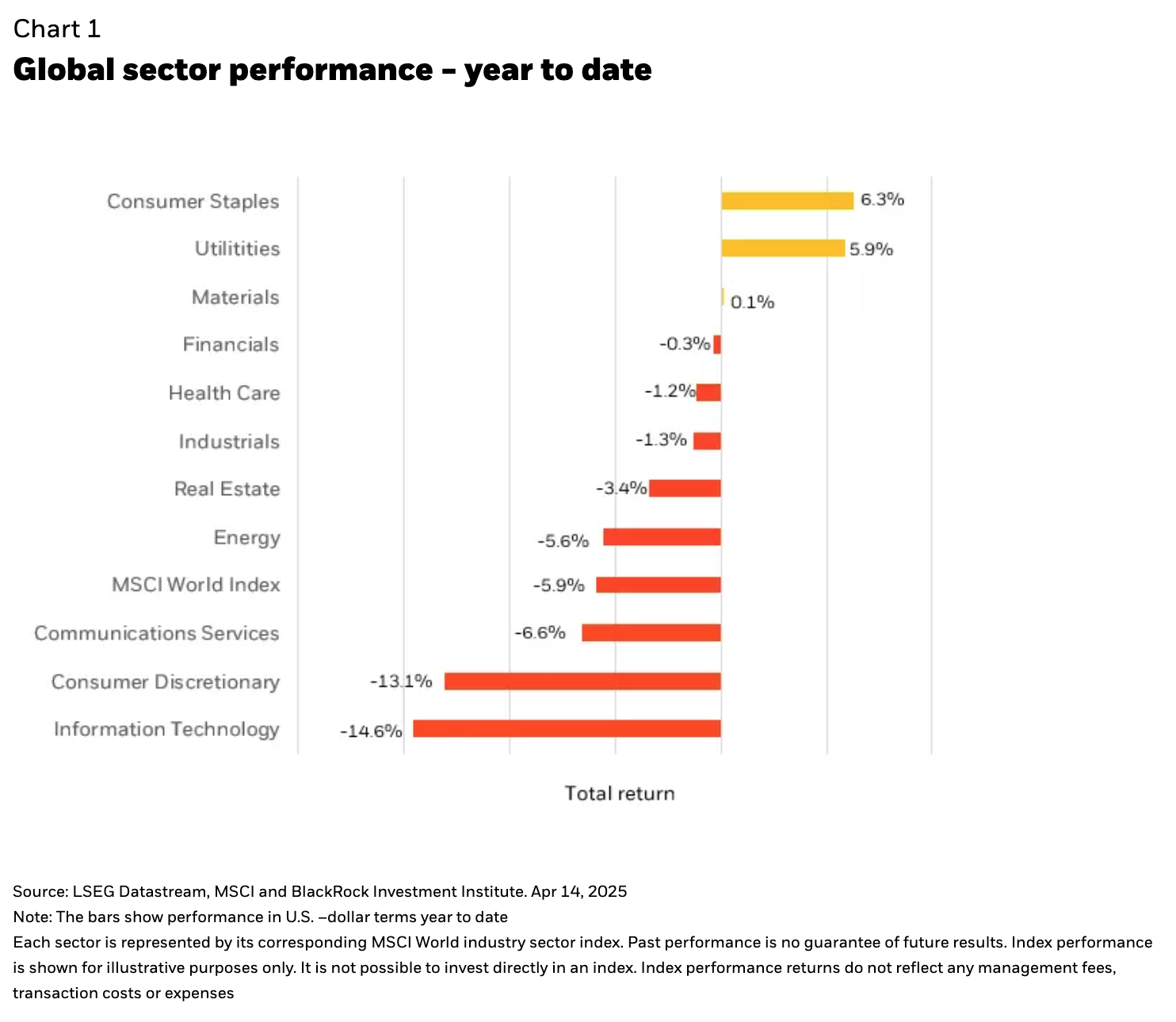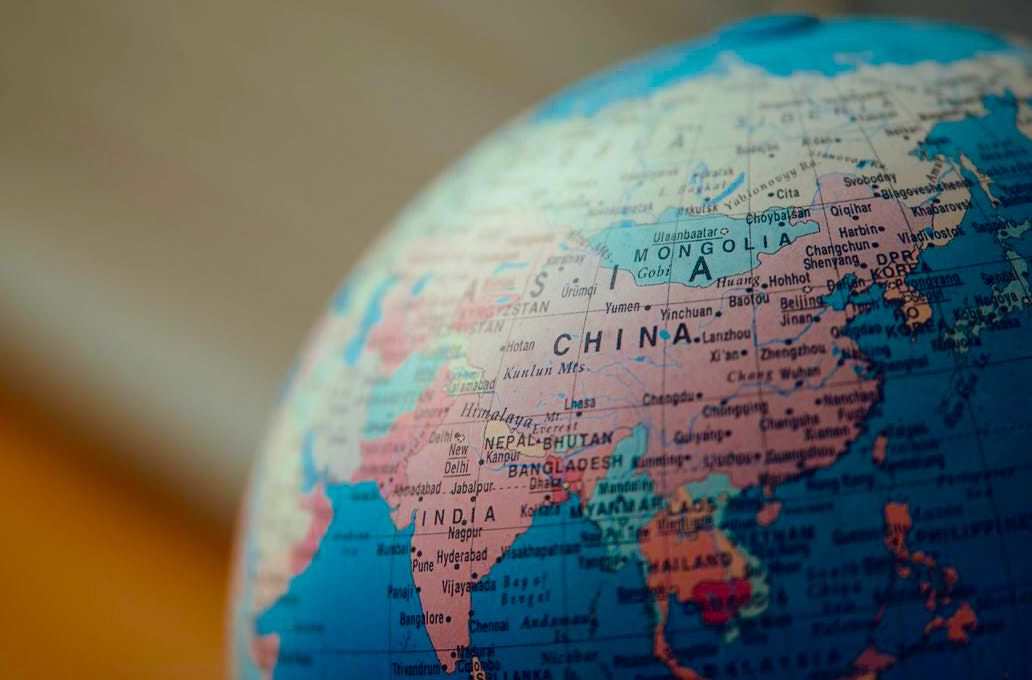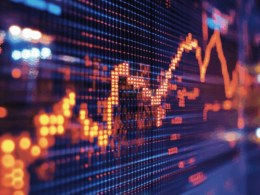by Russ Koesterich, CFA, JD, Portfolio Manager, BlackRock
In this article, Russ Koesterich discusses the ongoing uncertainty around tariffs and how investors can protect their portfolios against the potential for an environment of prolonged and heighted volatility.
Key Takeaways
- As global markets digest the recent tariff news and economic and geopolitical uncertainty grow, we’re seeing investors continue to rotate out of cyclical names and into less risky assets, like staples, utilities, healthcare and gold.
- Looking ahead, investors should ready themselves for a likely period of heightened volatility as market risks continue to shift while tariff policies play out. In Russ’ view, this uncertain picture calls for a greater focus on higher-quality, more stable names and an avoidance of volatile stocks.
Some-times the classic market aphorism - ‘sell the rumor, buy the news’ – turns out to be bad advice. While markets have stabilized in recent weeks, the announcement of a much more aggressive set of tariffs undermined already fragile investor confidence and led to the worst trading day since March of 2020. While stocks are well off the lows, the damage to consumer, corporate and investor confidence has already been done. That, coupled with still record high policy uncertainty, suggests a very different trading environment compared to the past two years.
Back in March, I suggested two strategies to cope with the changing market environment: own high-quality, low-vol stable growers and lower overall portfolio volatility. I would double down on that strategy.
A classic risk-off trade
This correction began with an unusual catalyst: a structural change in the international tariff and trade regime. That said, in most ways market internals have conformed to a typical risk-off rotation. As I discussed a few months ago, the initial selling was exacerbated by the unwind of a very crowded and extended AI momentum trade. But by the end of last quarter, the rotation metastasized into a broader rotation out of cyclicals, typically the worst performers during growth scares.
What are investors buying? What they typically buy during periods of economic and geopolitical uncertainty: staples, utilities, healthcare and gold (see Chart 1).
It’s no longer just about tariffs
Going into Q2, investors need to focus on shifting market risks. The biggest one being growing recession fears, predicated on collapsing business and consumer confidence. Compounding the challenge: Investors are also trying to anticipate the short-term impact of tariffs on already sticky inflation. This dynamic has several implications.
Slower economic growth will hit earnings growth, particularly for more cyclical companies. At the same time, assuming a period of heightened policy uncertainty, market volatility is also likely to remain elevated, at least relative to the placid levels of last year. Historically, there has been roughly a 50% correlation between equity vol and policy uncertainty indices. In other words, if investors remain confused and uncertain about tariffs and budgets, volatility is likely to remain high, perhaps even more so as growth slows. This suggests that last year’s momentum trades may continue to struggle.
How should investors position for an environment of uncertain growth and higher volatility? Continue to avoid more volatile stocks, which rarely outperform when growth is decelerating, and volatility elevated. Instead, look for companies that can generate consistent revenue and earnings, preferably in repeat businesses that are less sensitive to short-term fluctuations in economic growth. This list includes some of the lower beta mega-cap tech and adjacent names, including enterprise software, as well as select healthcare. In other words, investors need not abandon growth but should stick with the more stable, profitable and reliable names.
Copyright © BlackRock
















